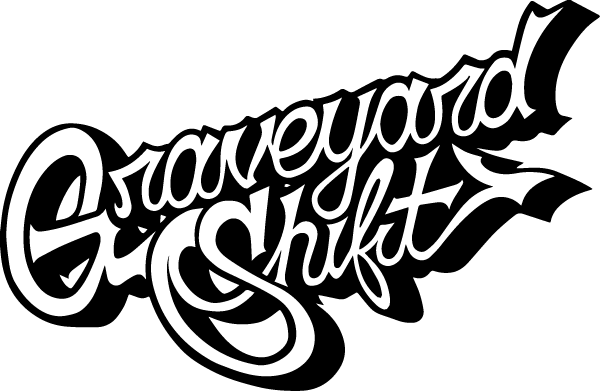AI Redefining Fashion: Models Compete with Algorithms on Runways
The fashion industry has always been synonymous with innovation. From groundbreaking designs to incorporating cutting-edge technology, fashion continuously evolves to adapt to new trends and societal shifts. The latest revolution shaking the catwalks is the introduction of Artificial Intelligence (AI). But how exactly is AI redefining fashion, and what does this mean for traditional models? Let’s explore.
The Rise of AI in Fashion
Artificial Intelligence is making significant waves across multiple industries, and fashion is no exception. AI technologies, ranging from machine learning algorithms to neural networks, are now being harnessed to aid in the creation, design, and even the presentation of fashion.
AI-Generated Designs
One fascinating application of AI in fashion is AI-generated designs. AI algorithms can analyze a vast amount of data, including current fashion trends, fabric textures, color preferences, and even cultural influences. With this data, AI can create unique, innovative designs that may not have been conceived by human designers. This capability opens up new creative possibilities and adds a distinct edge to the fashion world.
Virtual Models
Another major shift involves the use of virtual models on the runway. Companies are now investing in digitally created models who walk the virtual runway with the same grace and style as their human counterparts. These models, rendered using AI and advanced graphics, do not have the limitations of physical bodies and can, therefore, showcase intricate designs and styles in ways that were previously unimaginable.
Impact on Traditional Models
As AI continues to infiltrate the fashion industry, traditional models face unprecedented competition. But what does this mean for their future?
Enhanced Collaboration
One possible outcome is a collaborative synergy between human models and AI. AI can handle repetitive tasks such as multiple fittings, freeing up human models to focus on high-value activities like editorial shoots and personal appearances. A hybrid approach combining the strengths of both human creativity and AI efficiency could become the new standard.
Increased Inclusivity
AI-driven models also offer a unique opportunity for increased inclusivity in the fashion industry. Virtual models can be designed to represent any body type, ethnicity, or age, breaking down barriers and promoting diversity. This shift could lead to a more inclusive representation on the runway, demonstrating that fashion is for everyone.
Benefits for the Fashion Industry
The incorporation of AI into fashion doesn’t just impact models; it offers several broader benefits for the industry.
- Efficiency and Speed: AI can drastically reduce the time required for design iterations and fittings.
- Data-Driven Decisions: Brands can leverage AI to analyze consumer behavior and preferences, leading to more targeted and successful collections.
- Sustainability: Virtual runways reduce the need for travel and physical resources, contributing to more sustainable practices.
Challenges and Considerations
While the integration of AI into the fashion industry brings many benefits, it also presents its own set of challenges. These include ethical considerations, the potential loss of jobs, and the importance of maintaining the essence of human creativity.
Ethical Considerations
As with any technology, the use of AI in fashion must be approached ethically. This includes ensuring transparency in the use of AI, addressing privacy concerns, and being mindful of the digital divide that may leave some without access to advanced tech.
Job Displacement
The rise of AI brings with it the potential risk of job displacement for traditional models and other roles within the fashion industry. It’s crucial to balance the adoption of technology with strategies to support and retrain those affected. Education and training programs can help workers transition into new, tech-savvy roles.
The Future of Fashion with AI
The future of fashion is undeniably exciting, with AI set to play a significant role. By embracing this technological revolution, the industry can benefit from enhanced creativity, improved efficiency, and greater inclusivity. However, it’s essential to navigate this transformation thoughtfully, ensuring that the union of AI and fashion enhances the industry while respecting its rich history of human artistry.
Conclusion
As AI continues to infiltrate fashion runways, it’s clear that we stand at the dawn of a new era. Whether it's through AI-generated designs or virtual models, technology is pushing the boundaries of what’s possible in fashion. Traditional models are not being replaced but are finding new ways to coexist and collaborate with these advancements. Ultimately, the fusion of AI and fashion holds limitless potential, heralding a future where innovation and inclusivity walk hand in hand.

